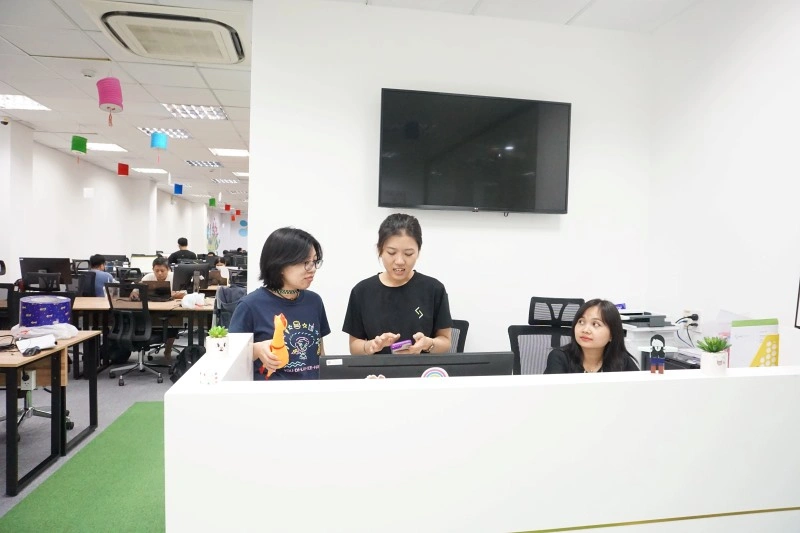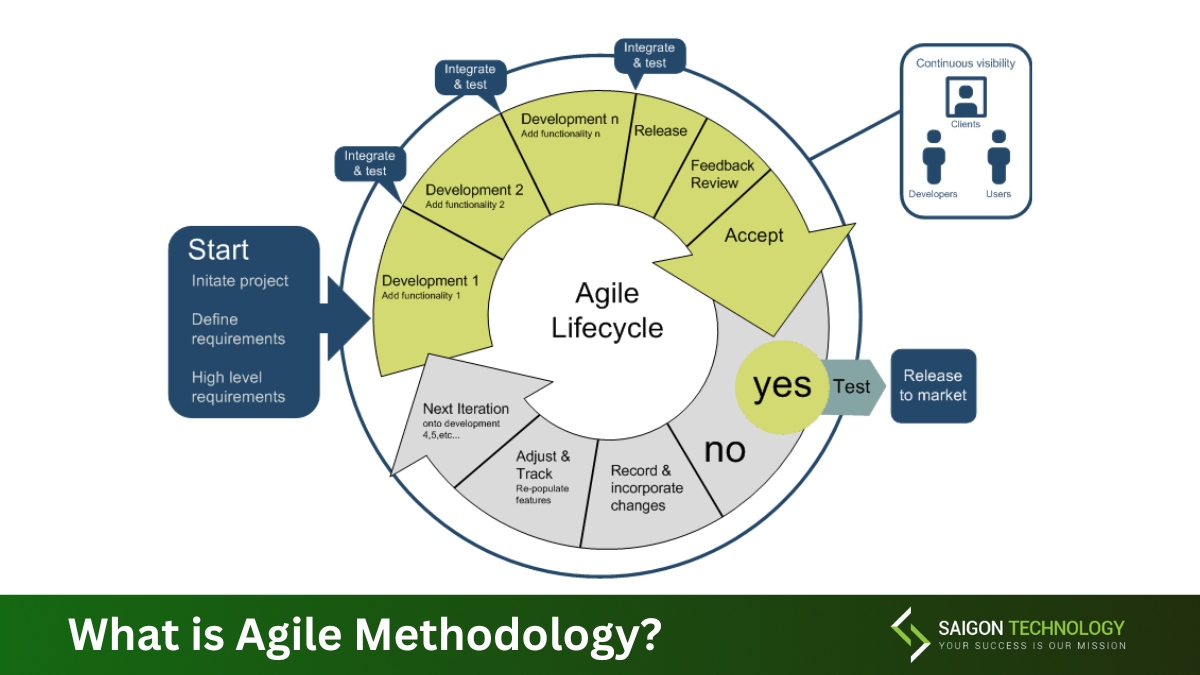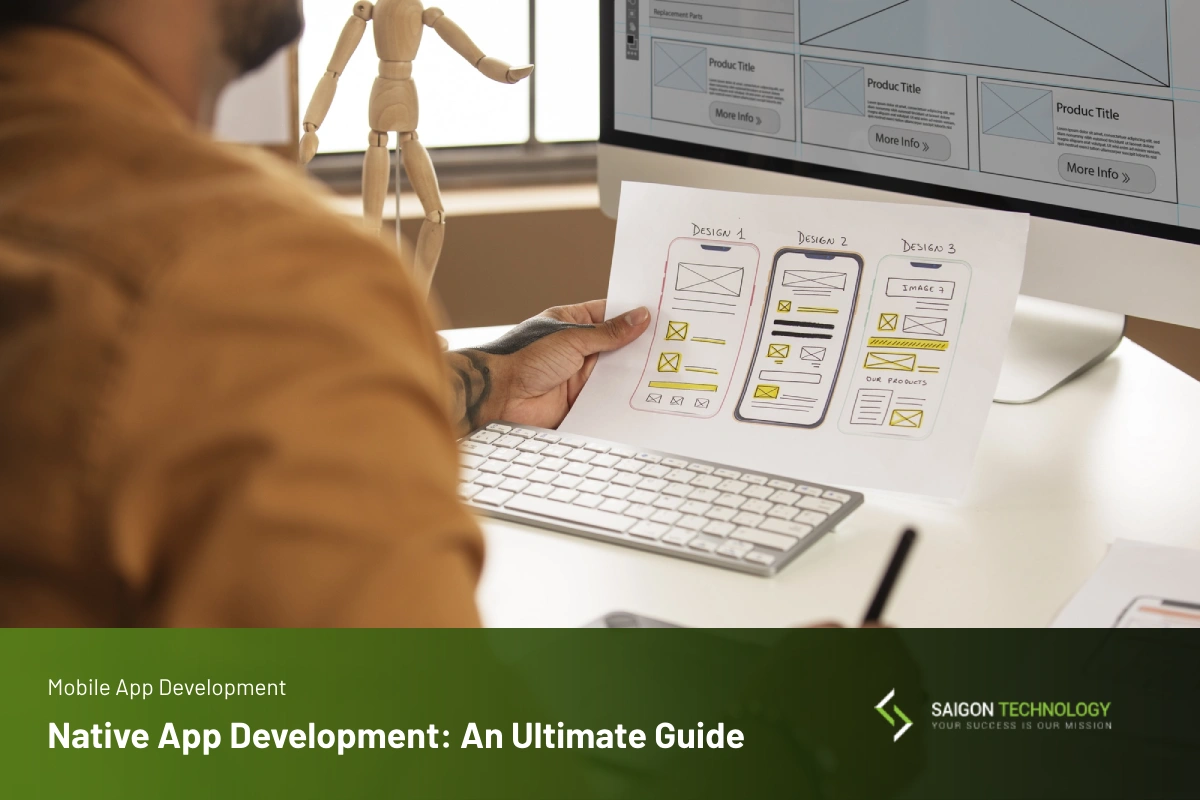As more and more people move away from traditional banking methods and towards mobile banking, it is increasingly important for businesses to develop a secure mobile banking app. Mobile apps are a great way to make your business more accessible to customers, and they can also help you save money on transaction fees.
However, if your app is not properly secured, you could be putting your customers’ data at risk. In this blog post, we will discuss the steps that you need to take to develop a secure mobile banking app.
1. Carry out a market research
The first step in developing a secure mobile banking app is to carry out market research. This will help you understand the needs of your customers and what they’re looking for in a mobile banking app. It’s also important to know the competition and features they offer. To carry out market research, you can use surveys, interviews, and focus groups.
2. Target audience analysis
After you’ve conducted market research, it’s time to analyze a target audience. This will help you determine your target audience’s demographics and needs. You can use surveys, interviews, and focus groups to analyze a target audience.
3. Conduct a competitor research
Once you’ve carried out a target audience analysis, the next step is to research your competitors. This will help you understand what features they offer and how you can improve upon them. It’s important to be aware of both the good and the bad when it comes to your competition. To carry out competitor research, you can use online resources, such as reviews and social media.
4. Planning your app
Once you’ve carried out your competitor research, it’s time to start planning your app. This is where you’ll decide on your app’s features and functionality. It’s important to keep in mind your customers’ needs when making these decisions. You should also consider the security risks and how to mitigate them.
When planning your app, it’s also important to consider the user experience (UX). This is how users will interact with your app and includes things like the design, navigation, and overall workflow. A good UX is essential for keeping users engaged with your app.
5. Ensure adherence to regulations and compliance
Mobile banking apps are subject to the same regulations as other financial institutions. This means that you need to ensure compliance with all relevant laws and regulations. Failure to adhere to set regulations could lead to hefty fines! To ensure compliance, you need to have a clear understanding of the relevant regulations. You can consult with experts or use online resources to stay up-to-date.
6. Focus on security threats
It’s important to remember that security is paramount when it comes to mobile banking apps. Customers need to have the confidence that your app offers enough security for personal and financial information. Below are some features you should consider incorporating into your app:
- Two-factor authentication: This is a must-have for any mobile banking app. Two-factor authentication adds an extra layer of security by requiring users to provide two pieces of information before they can access their accounts.
- TouchID/FaceID: This is another important security feature that allows users to unlock their app using their fingerprint or facial recognition.
- Transaction limits: This is a useful feature that allows users to set limits on the amount of money they can transfer in a single transaction.
- Push notifications: Push notifications are a great way to keep users up-to-date with their account activity.
7. Integrate 3rd parties
Third-party integration is another important aspect of developing a secure mobile banking app. You need to make sure that all third-party services are integrated securely. This includes things like payment processors and fraud detection services. To integrate third-party services, you need to use APIs.
8. Build and test a prototype
Before you launch your app, it’s important to build and test a prototype. This helps spot any glitches or bugs. Testing is an essential part of the development process and should not be skipped.
9. Develop a user-friendly interface
A mobile banking app needs to have a user-friendly interface, which allows for easy navigation and use. The last thing you want is for your customers to get frustrated with your app! To develop a user-friendly interface, you need to consider the various user flows. You can use wireframing and prototyping tools to test out different designs.
10. Improve your app with integrations and feedback
After you’ve launched your app, it’s important to continuously improve it based on feedback from users continuously. One way to do this is by integrating new features and functionality. You can also use feedback from users to identify areas that need improvement.
Conclusion
Mobile banking apps are becoming increasingly popular as more people conduct their financial activities on their smartphones. If you’re thinking of developing a mobile banking app, it’s important to follow the steps outlined in this blog post. By doing so, you can create a secure and user-friendly app that meets your customers’ needs. However, If you’re not sure where to start, consider working with a mobile application development company.











